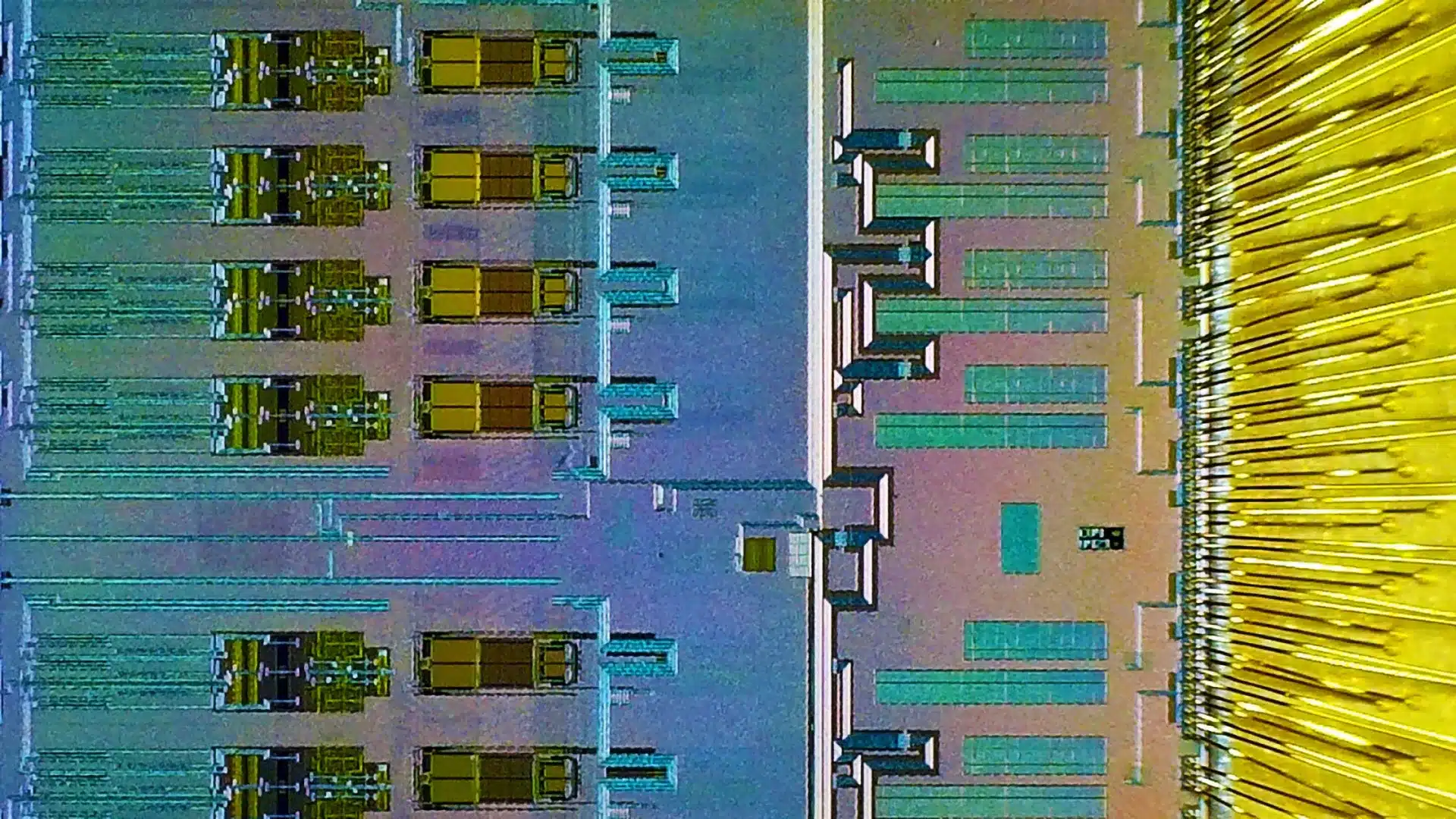Custom analog-to-digital converters built to withstand harsh radiation inside CERN’s ATLAS, filtering and digitising billions of particle events per second.

Columbia University engineers have designed ultra-resilient analog-to-digital converter (ADC) chips that now play a critical role in CERN’s Large Hadron Collider (LHC) data pipeline. Built to survive intense radiation and electromagnetic noise, these chips ensure precise digitisation of subatomic events in one of the world’s harshest electronic environments.
Located 100 metres underground, the LHC accelerates particles to nearly the speed of light and smashes them together to probe fundamental forces. But the energy and radiation levels generated inside its detectors are high enough to degrade or destroy standard semiconductor electronics within seconds.
Commercial chips could not withstand the environment, nor did the market justify the cost of developing hardened alternatives. Columbia’s solution was to design radiation-tolerant chips using commercial CMOS process nodes that had been pre-validated by CERN. Engineers applied custom circuit-level techniques, optimising transistor sizing, using guard rings, and isolating sensitive paths to boost robustness.
There are two analog-to-digital converters involved in collecting the data from the radiation signals.
The first chip is a trigger-path analog-to-digital converter. It processes over a billion signals every second. Its job is to quickly scan collision data in real time and select only the most interesting events. These are usually the ones that might reveal new particles or rare physics. Think of it as a digital gatekeeper, filtering noise and flags the important signals from the collider. This chip is already running inside the ATLAS detector (A Toroidal LHC ApparatuS).
The second chip is a high-precision ADC used for data acquisition. It has just cleared final tests and will be used in the next upgrade of the LHC. Its task is more sensitive. It reads the faint electrical signals created when particles pass through the liquid argon calorimeter, a massive cold detector inside ATLAS. The chip converts these weak analogue signals into clean, accurate digital data with low delay and high signal quality.
As the LHC upgrades, so does ATLAS, with faster electronics, better signal clarity, and higher collision rates. It remains central to exploring the universe at the smallest scales.

